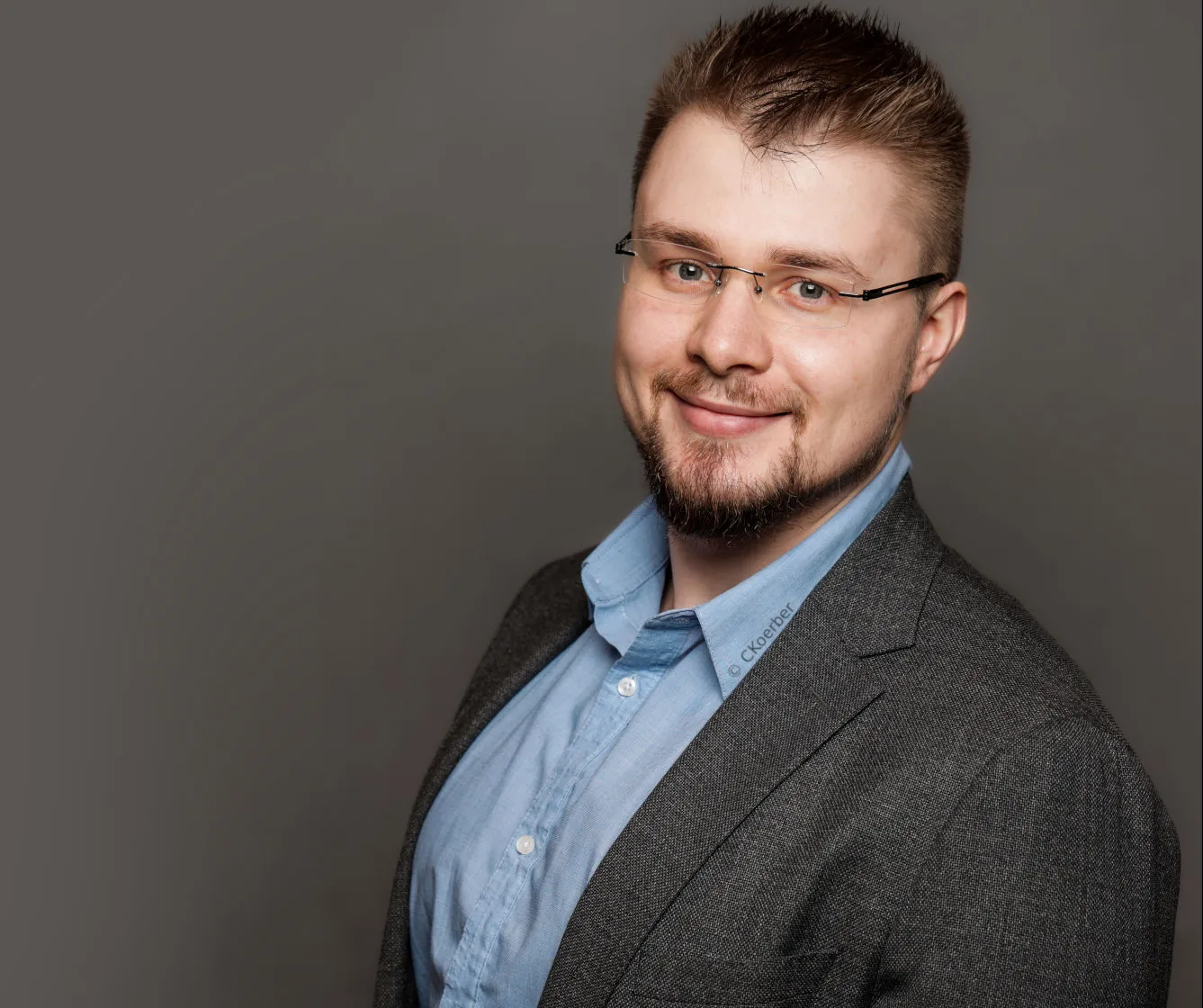Christopher Körber, Podcast at Ruhr-Universität Bochum –
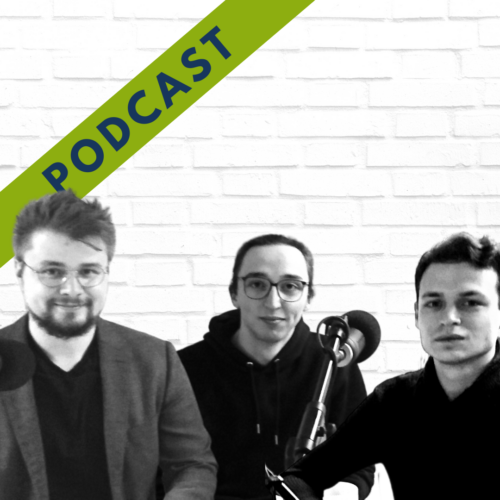
Modern resources promise to individualize education and to directly support students. Particularly in the field of STEM education, such a support is desired to raise the quality and rate of graduating students. In this Podcast, we discuss strategies, details, and experiences we made when providing digital inverted and asynchronous elements during the lecture "Fundamentals of Quantum Mechanics and statistics" at the Ruhr-University Bochum.
Christopher Körber, Poster at Ruhr-Universität Bochum –
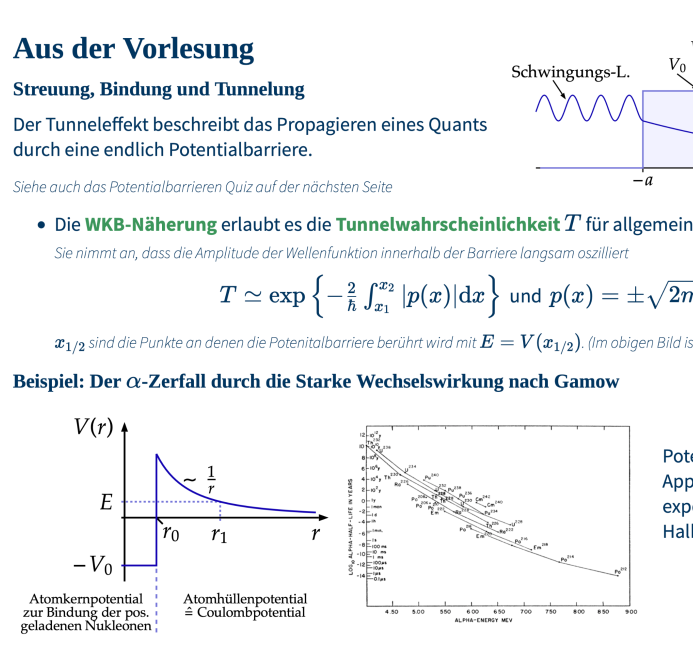
Poster presentation of digitalization concept of "Grundlagen der Quantenmechanik und Statistik" (Basics of Quantum Mechanics and Statistics) lecture at Ruhr-University Bochum summer semester 2022. This concept was awarded by the RUBeL(earning) Team within the 5x5000 challenge. Poster visualizes and demonstrates used elements like interactive browser-based presentations, widgets and quiz. Links are contained within.
Christopher Körber, Poster at Forschungszentrum Jülich –
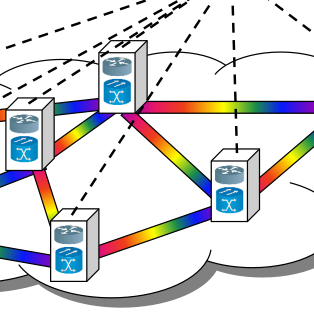
Optical long-haul networks are the backbone for public communication systems like 5G mobile communication and different variants of fixed-access networks. The transport of internet protocol (IP) traffic require a conversion from electrical to optical signals and vice versa realized by the power- hungry transceivers of the optical networks. Therefore, the economical efficient operation of networks like these require fast control algorithms for dynamic resource allocation and traffic engineering. Our work proposes a new Integer-linear program (ILP) optimization solution approach for the aforementioned network problem that can be solved on a quantum annealer (QA), a form of quantum computing architecture. We assume that network optimization is a well suited application of quantum computing as complex discrete optimization problems has to be solved within short time scales. Also the fact that today’s networks are controlled in a centralized way by software defined networking (SDN) allows a simple embedding of quantum computer.
Christopher Körber, Lecture at Ruhr-University Bochum –

These slides were presented in the weekly "Group Theory in Nuclear and Particle Physics" lecture (the 10th lecture) at Ruhr-University Bochum during the winter semester of 21/22. The lecture is a master's level course for physicists and mathematicians. These slides were created using the reveal.js web framework, and the corresponding source code can be found in the linked repository. It also contains documentation of how the materials were created.
Christopher Körber, Parallel Talk at Stavanger, Norway (Virtual) –
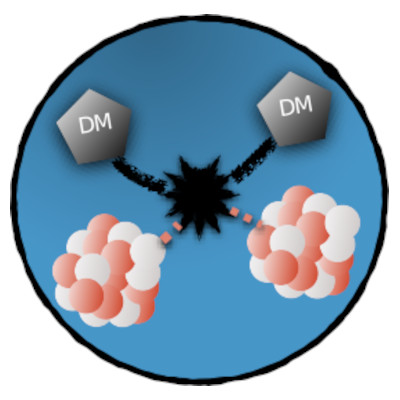
What is the nature of so-called Dark Matter, and does it interact with regular matter except through gravity? For example, direct detection experiments aim to answer this question. Propagating measurements (or constraints) to the fundamental theory requires bridging several scales—from target nucleus to individual nucleons to the level of quarks & gluons and beyond. However, the sheer number of parameters in model-independent descriptions of DM and uncertainties associated with bridging the scales make it difficult to fully quantify uncertainties from theory to experiment. This talk exemplifies challenges associated with propagating uncertainties, focusing on the description of DM scattering off light-nuclei using chiral perturbation theory in a Bayesian context.
Christopher Körber, Conference at DNP Fall Meeting 2020, online –
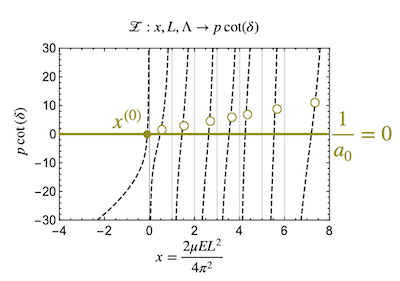
Computations of physical systems must be independent of the basis they are performed in. In the case of Nuclear Lattice computations, this basis generally corresponds to a finite volume on a discrete lattice. However, because of computational costs and the complexity of nuclear forces, results of non-relativistic Nuclear Lattice computations with nucleons as degrees of freedom are frequently evaluated at finite lattice spacings. The topic of this talk is the analysis of finite lattice spacings effects on scattering data in a two-nucleon system described by a contact interaction mimicking nuclear forces. Furthermore, for such contact interactions, a modified infinite-volume formalism considering finite discretizations is presented. This formalism enables the control of discretization effects in two-fermion systems up to numerical precision--which can be used to prepare computations of unitary fermions.
Christopher Körber, On Demand Talk at Qubits 2020 (digital) –
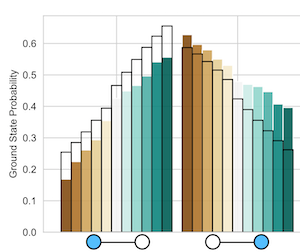
Many problems across several disciplines ranging from production planning over DNA, can be represented as constrained integer optimization problems. Utilizing classical algorithms, generally exact solutions to integer linear programming (ILP) problems are exponentially hard to obtain, and heuristic algorithms are employed to find approximate solutions. This talk demonstrates a new algorithm that solves such constrained ILP on a quantum annealer. Details of the formalism are presented in the case of the minimum dominating set problem, and annealing results for the D-Wave 2000Q architecture are benchmarked against brute force classical solutions. For a variety of different annealing schedules, results are compared against numerical simulations of the quantum architecture to interpret hardware-specific limitations, like the effects of decoherence and many-body localization.
Christopher Körber, INT 20-2b contribution at Seattle –
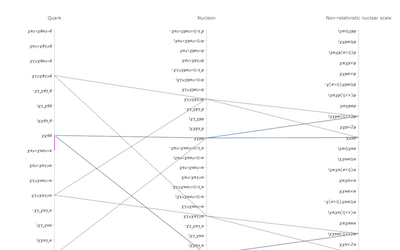
What is the nature of so-called Dark Matter, and does it interact with regular matter except through gravity? Direct detection experiments aim to answer this question. Propagating measurements (or constraints) to the fundamental theory requires bridging several scales—from target nucleus to individual nucleons to the level of quarks & gluons and beyond. However, the sheer number of parameters in model-independent descriptions of DM, and uncertainties associated with bridging the scales make it difficult to fully quantify uncertainties from theory to experiment. This talk exemplifies challenges associated with propagating uncertainties and presents an in-progress open-source and open-data meta-analysis tool for connecting strong-operators at the QCD scale to nuclear observables aiming at pinning down associated uncertainties. Since this project intends to unify efforts from different communities (from EFTs & LQCD over many-body computations to experiments), this talk addresses faced challenges and intends to spark conversations regarding community-specific interests.
Christopher Körber, NSD Seminar at LBNL & RUB (14.05.2020) –
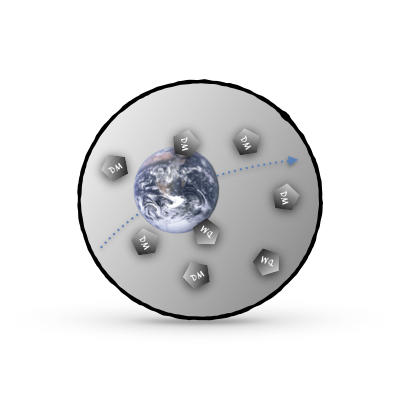
What is the nature of so called Dark Matter and does it interact with regular matter except through gravity? Direct detection experiments aim to answer this question. Yet, propagating measurements (or constraints) to the fundamental theory requires bridging several scales—from target nucleus to individual nucleons to the level of quarks & gluons and beyond. In this talk I describe the methods used, assumptions made and challenges faced by the bridging of scales to address implications of measurements.
Christopher Körber, Workshop at LBL –
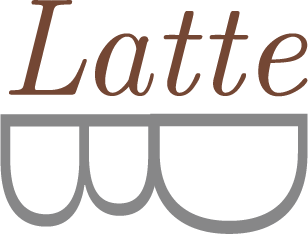
What is LatteDB? LatteDB aims to integrate all aspects of a Lattice QCD calculation, ensuring data integrity and provenance. By offering this framework, the hope is that lattice practitioners can then spend more time thinking about science, and less about these well-understood, yet complex and time consuming, workflow challenges. LatteDB is built on top of EspressoDB and is publicly available under a BSD license. For more information, see also the LatteDB manuscript and the Django documentation. This talk presents work in progress.
Christopher Körber, Parallel Session Talk at APS April Meeting 2019, Denver –
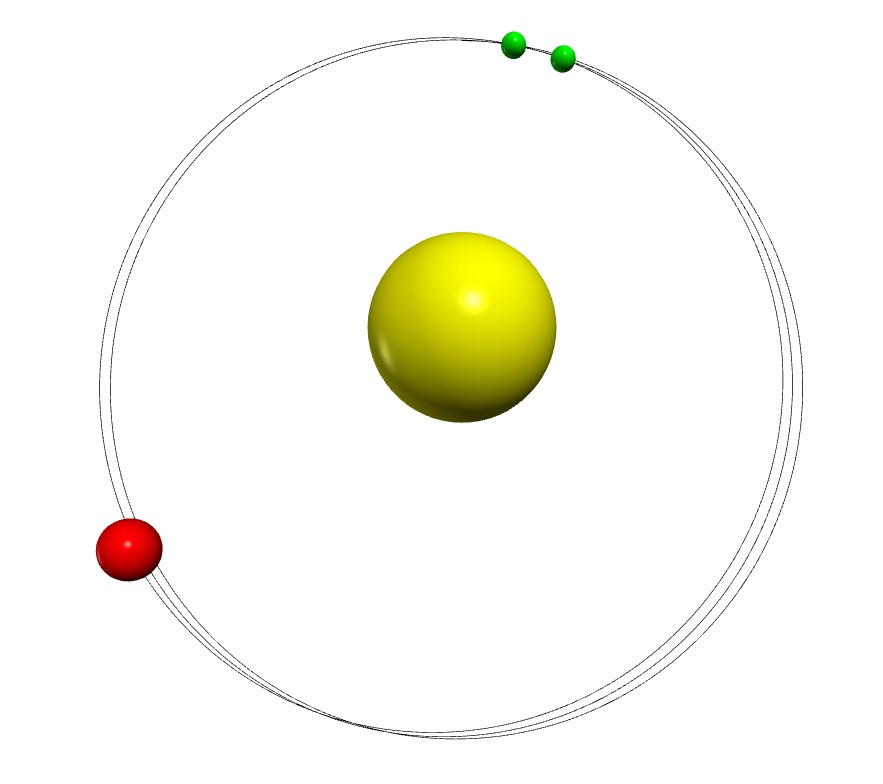
Numerical simulations play an increasingly important role in modern science. In this work, we suggest using a numerical study of the famous perihelion motion of the planet Mercury (one of the prime observables supporting Einsteins General Relativity) as a test case to teach numerical simulations to high school students. The project was presented as a one day course at a student summer school. This work includes details about the development of the code (Python) for which no prior programming experience is needed, a discussion of the visualization as well as the course teaching experience. This course encourages students to develop an intuition for numerical simulations, motivates students to explore problems themselves and to critically analyze results.
Christopher Körber, Seminar at IKP, Jülich –
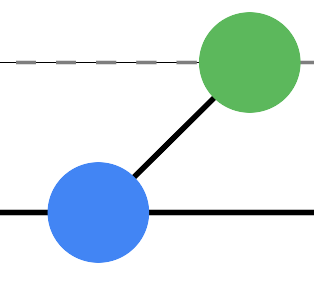
In this talk, a simple git tutorial for users not familiar with git is presented. The tutorial teaches the essential basics for collaborating with git. In addition, a cheat sheet, good practice advises and further references as well as recommendations are provided. Press the "?" key within the "Web Presentation" to get navigation clues. "Download" the presentation for an offline version or print and save the "Web Presentation" to PDF for traditional formats (landscape format).
Christopher Körber, PhD Defense at University of Bonn –
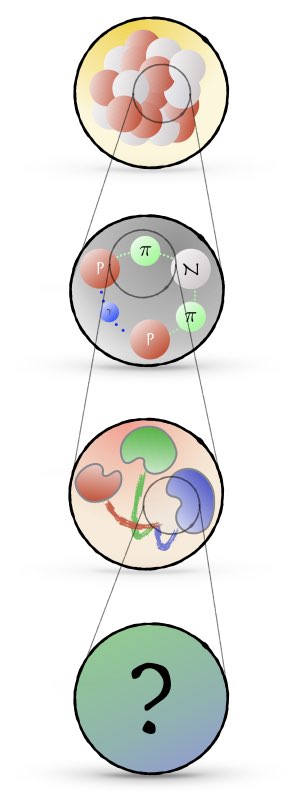
What do we know about Dark Matter and how can we possibly describe it on a fundamental scale? Dark Matter direct detection experiments provide the intriguing possibility to discover the existence of Dark Matter. The interpretation of the experiments, however, depends on a description of Dark Matter. In this talk, I present the calculation of Dark Matter particles scattering off various light nuclei from first principles. The calculations are based on the framework of Chiral Effective Field Theory, which relates nuclear interactions to the underlaying fundamental theory: Quantum Chromodynamics. I introduce this framework and show how it can be extended to include Dark Matter interactions.
Christopher Körber, Seminar at TP2, Ruhr-Universität Bochum –
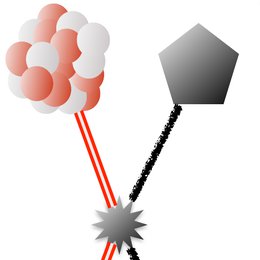
What do we know about Dark Matter and how can we possibly describe it on a fundamental scale? In this talk, I present the scattering of Dark Matter particles off various light nuclei within the framework of chiral effective field theory. I focus on scalar interactions and include one- and two-nucleon scattering processes whose form and strength are dictated by chiral symmetry. The nuclear wave functions are calculated from chiral effective field theory interactions as well. The convergence pattern of the chiral expansion in the nuclear potential and the Dark Matter-nucleus currents is investigated. This allows to provide a systematic uncertainty estimate of the calculations. Results for ${}^2$H, ${}^3$H, and ${}^3$He nuclei, which are theoretically interesting and the latter is a potential target for experiments, are provided.
Christopher Körber, Poster at BCGS Poster Session 2017 –
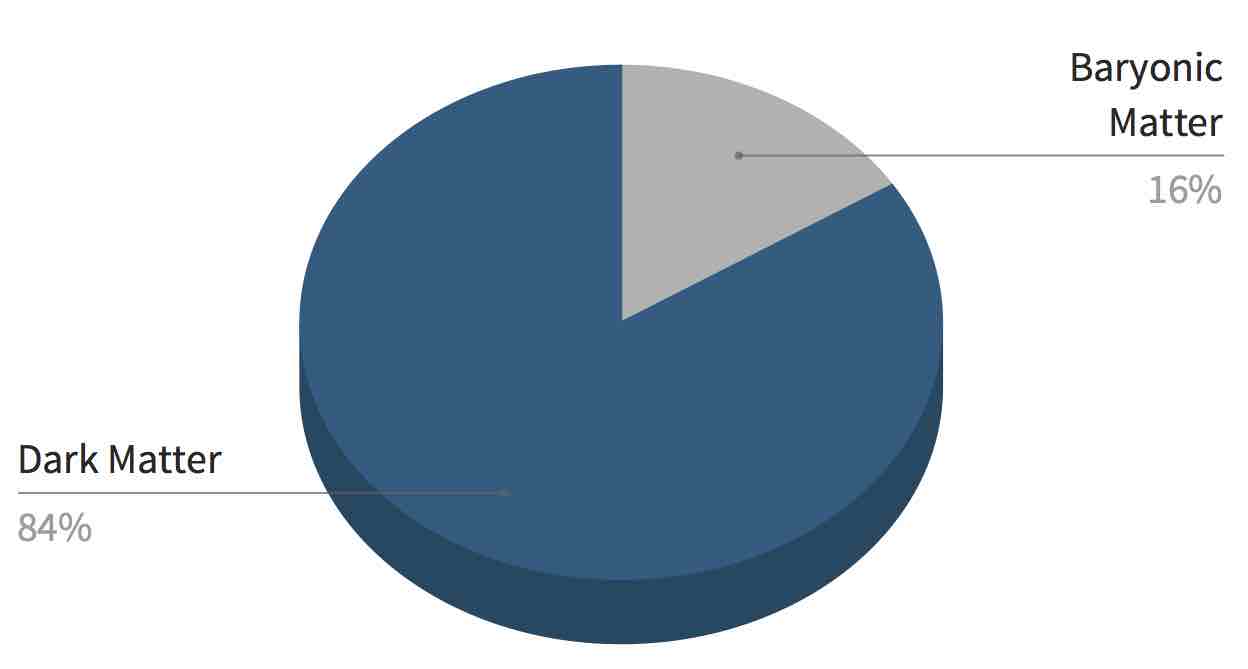
What do we know about Dark Matter and how can we possibly describe it on a fundamental scale? In this session, I present the scattering of Dark Matter particles off various light nuclei within the framework of chiral effective field theory. I focus on scalar interactions and include one- and two-nucleon scattering processes whose form and strength are dictated by chiral symmetry. The nuclear wave functions are calculated from chiral effective field theory interactions as well. The convergence pattern of the chiral expansion in the nuclear potential and the Dark Matter-nucleus currents is investigated. This allows to provide a systematic uncertainty estimate of the calculations. Results for ${}^2$H, ${}^3$H, and ${}^3$He nuclei, which are theoretically interesting and the latter is a potential target for experiments, are provided.
Christopher Körber, Parallel Session Talk at Lattice 2017, Granada –
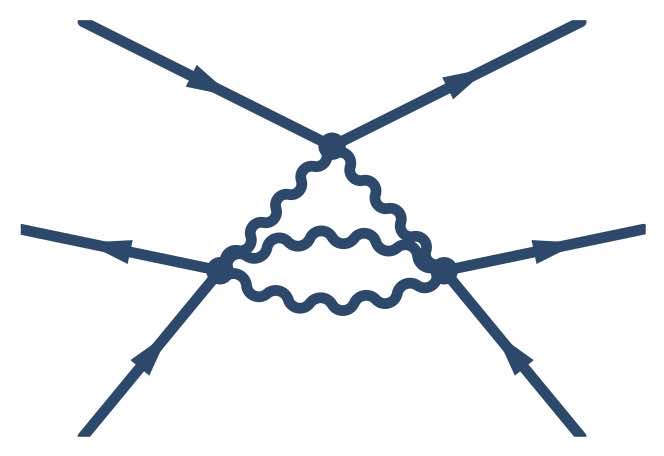
Through the development of many-body methodology and algorithms, it has become possible to describe quantum systems composed of a large number of particles with great accuracy. Essential to all these methods is the application of auxiliary fields via the Hubbard-Stratonovich transformation. This transformation effectively reduces two-body interactions to interactions of one particle with the auxiliary field, thereby improving the computational scaling of the respective algorithms. With the increasing size of involved particles, the relevance of collective phenomena and interactions grows as well. For many theories, e.g. Chiral Perturbation Theory, the inclusion of three-body forces has become essential in order to further increase the accuracy on the many-body level. In this seminar, the analytical framework for establishing a Hubbard-Stratonovich-like transformation, which allows for the systematic and controlled inclusion of contact three- and more-body interactions, is presented.
Christopher Körber, Seminar at IKP –
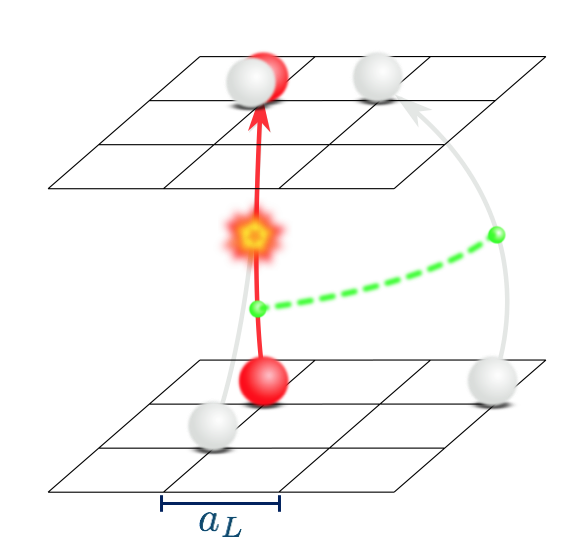
Nuclear Lattice Effective Field Theory (NLEFT) has proven to be a valuable candidate for pushing the borders of nuclear physics in the regime of nuclei as Carbon-12 and has enabled the computation of nuclear matrix elements for larger systems. The applicability of NLEFT to such systems is enabled through the utilization of lattice stochastic approaches as Hybrid Monte Carlo (HMC) algorithms. In this seminar, I briefly present the underlying principles and strategy behind modern algorithms.
Christopher Körber, Conference Talk at IAS-Symposium, Jülich –
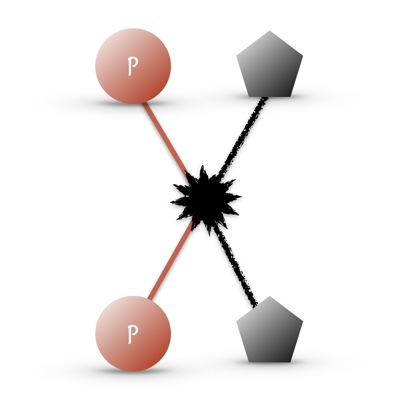
As there are several indications for the existence of so-called "Dark Matter" (DM) from an astrophysical point of view, direct detection of a candidate particle in a lab has not been successful this far. A set of direct detection experiments, which use different targets, could potentially test the various types of DM interactions with different properties of nuclei. To connect possible future measurements of DM signals to a candidate DM particle, these DM experimental signals must be propagated through nuclear cores — composed of many protons and neutrons — to the fundamental level of the DM theory. Due to the complexity in describing the many-body nucleus, this propagation has historically been done in a model- dependent fashion. As a candidate for propagating possible experimental data to the level of protons and neutrons, Nuclear Lattice Effective Field Theory (NLEFT) provides an approach which systematically enables the reduction of uncertainties.
Christopher Körber, Seminar at IKP, Jülich –
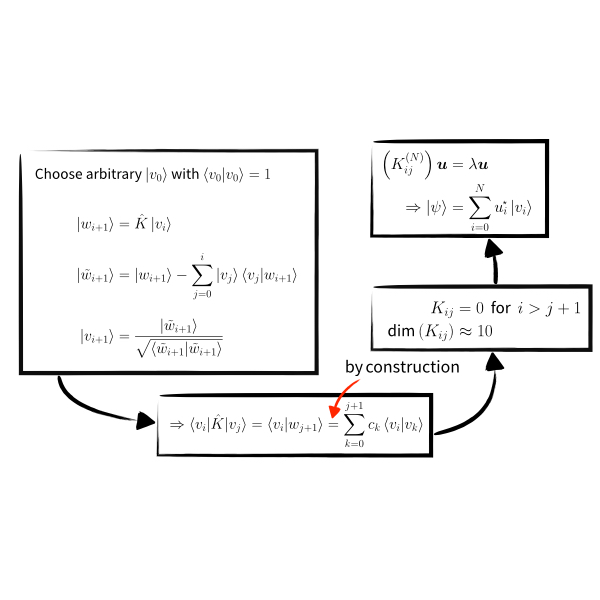
Recently nuclear lattice effective field theory (NLEFT) has proven to be a valuable candidate for pushing the borders of nuclear physics in the regime of nuclei as Carbon-12 and has enabled the computation of nuclear matrix elements for larger systems. The applicability of NLEFT to such systems is enabled through the utilization of lattice stochastic approaches as Hybrid Monte Carlo (HMC) algorithms. As it is common for effective field theories, low energy coefficients (LECs) which describe the strength of effective interactions, need to be determined before one is able to describe and predict physical systems. In this process, it is essential to understand the effect of lattice artifacts as a discrete lattice spacing and the finite volume – independent of stochastic artifacts. Therefore non-stochastic approaches for smaller systems are employed to estimate LECs. In this seminar, such a non-stochastic approach for extracting nuclear energy levels on the lattice will be presented.
Christopher Körber, Invited Talk at INT, Seattle –

In this talk, I describe twisted boundary conditions for the deuteron and triton systems within finite volumes using the nuclear lattice EFT formalism. The finite-volume dependence of these systems with different twist angles is presented. Various finite-volume information can be used to improve calculations of binding energies in such a framework. The results suggest that with the appropriate twisting of boundaries, infinite-volume binding energies can be reliably extracted from calculations using modest volume sizes with cubic length $L \approx 8–14$ fm. Of particular importance is the derivation and numerical verification of three-body analogs of “i-periodic” twist angles that eliminate the leading-order finite-volume effects to the three-body binding energy.
Christopher Körber, Seminar at ECT$^*$, Trento –
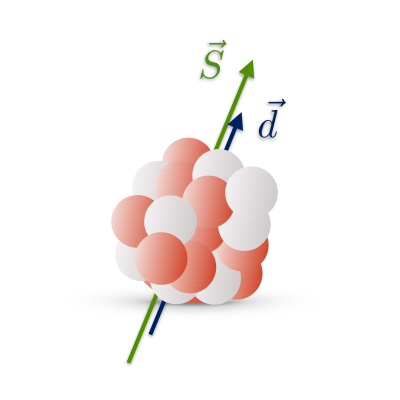
One of the greatest unsolved problems in physics is the asymmetry of observed matter – the amount of baryonic matter greatly exceeds the amount of antibaryonic matter. Based on the assumption that at some point in time the universe contained the same amount of particles and antiparticles, a possible explanation for this observation requires the existence of physical processes which violate charge-parity (CP). Though it is known that CP-violating processes exist in nature, the effects by the CP-violating contributions of the standard model (SM) of particle physics are not sufficient to explain the current asymmetry of matter. Therefore there must be additional sources of CP violation that come from beyond the standard model (BSM). A quantity for probing the magnitude of such CP violating processes is the electric dipole moment (EDM) of nuclei. In this talk, a strategy for creating a link between a possible future measurement and the fundamental interpretation is presented.
Christopher Körber, Conference Talk at Students Exchange Week in Bad Honnef –
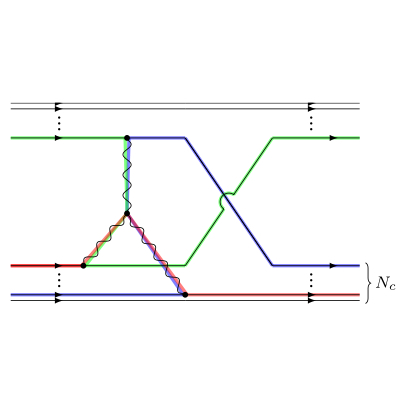
Conference talk on the consistency of nucleon-nucleon forces derived by two different approximation schemes of Quantum Chromodynamics (QCD)—the chiral perturbation theory ($\chi$PT) and large-Nc QCD. The approximation schemes and the derivation of the potential are demonstrated. The consistency of the chiral potential, derived using the method of unitary transformation, is verified for chiral orders $Q^\nu$ for $\nu = 0,2,4$. Used methods, as well as possible extensions for higher orders, are presented.
